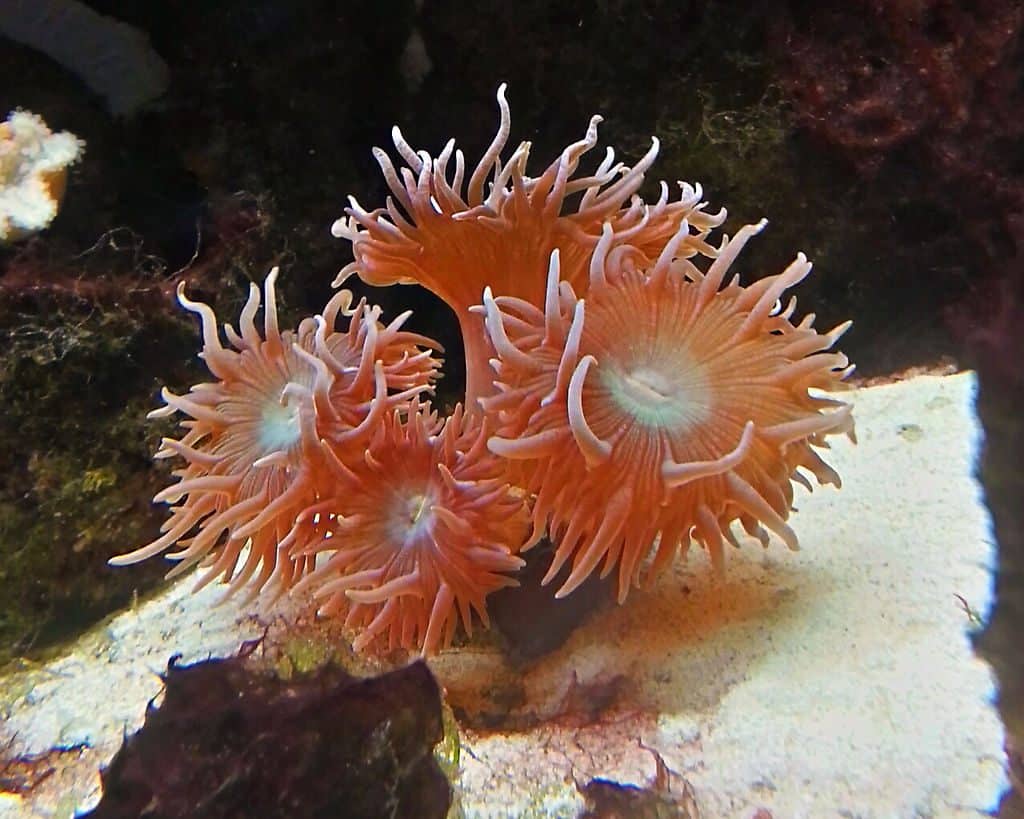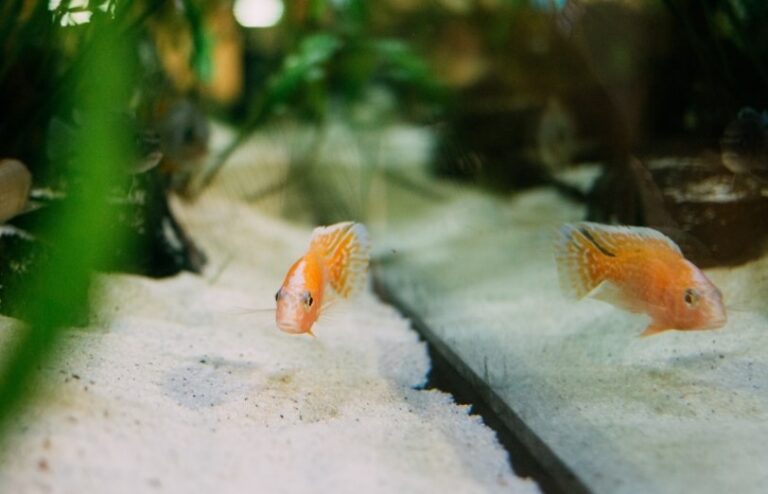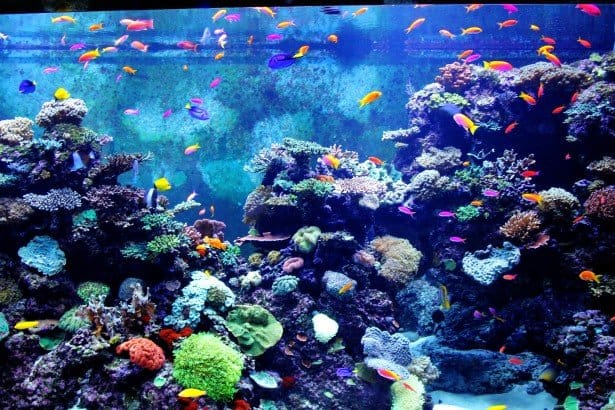In the tropics, people go snorkeling every day just to catch a glimpse of the beautiful fish and coral that live there. So, being able to have a mini version of those reefs in your home is an amazing and rewarding experiences.
It does take work and dedication. But if done properly, you can have a beautiful, healthy little reef right in your home.
And what is the most important part of that reef? The corals, of course. In this article we will discuss about how to acclimate corals in a new reef tank.
Different Types of Coral

There are a few different types of coral you can choose from, and it’s important to be informed before making your decision.
Here are some important facts about the different kinds of coral, and you can use that as a guide. But each individual species is different. Make sure you pick a type of coral that meets your specific needs, and that you understand what kind of care it requires.
Humans are the number one predator to coral, and that includes pet owners that purchase coral without understanding the kind of care it needs! Don’t be afraid to add some to your tank, just make sure you know how to keep your coral happy and healthy.
Soft Coral

The first of these types is soft coral, called ‘soft’ because it doesn’t have an internal skeleton. It’s able to bend and dance in the current, which makes it interesting to look at, and it appears more like an underwater tree than the stiffer, rock-like coral most people think of.
Soft coral is easier to care for than hard corals, so it’s a popular choice among aquarium owners. Here are a few things you should know about soft coral:
- It generally prefers moderate light
- It’s more tolerant to changes in water chemistry (which makes it better for beginners)
- It feeds off of water-born particles (so the tank doesn’t have to be squeaky clean)
- It requires liquid or powder food (check out more about best food for corals)
- It grows fast (some species can take over your tank if you’re not careful!)
- It can be predatory towards other corals (be sure to research your species!)
- Common types include mushroom corals, sea fingers, Zoanthid, Palythoa etc.
Hard Coral

The next type of coral, of course, is hard coral, and this group of species is split into two parts: large polyp stony coral and small polyp stony coral.
As those names are quite a mouthful, most people refer to them as LPS coral and SPS coral. Both types have hard, stony skeletons and are a little more difficult to take care of.
If you’re wondering how to tell the two types apart, it isn’t very difficult. The first difference is made obvious by their names: LPS coral has large polyps, and SPS coral has smaller polyps. But those aren’t the only differences.
The large head of LPS coral is one of its most recognizable traits, and LPS coral can be identified by its flowery spots. Here are some other things you should know about hard corals:
- SPS requires high light levels (they won’t grow without the right lighting for corals)
- LPS needs medium to high levels of light
- LPS is more aggressive and can sting (so it doesn’t play well with other corals, and it can seriously injure SPS corals)
- LPS sways with the current, SPS does not
- LPS is easier to maintain
- Common LPS corals include brain coral, candy cane coral, and trumpet coral
- Common SPS corals include birdnest corals, stylophoras, and green Bali slimer coral
Additional Read: How To Frag Corals
How To Acclimate Corals In A Reef Tank
This process is extremely important for the health of your coral and the other animals in your tank. Travel can be very stressful for coral, so it’s important to be gentle with your new tank resident when it first arrives.
Step 1: Be Cautious With The Light
Be careful with the light! Just like how our eyes need time to adjust to bright light after being in the dark, corals need time to adjust to new lighting. It’s a good idea to start this process with the tank lights turned off.
Step 2: Temperature Acclimate
Float the plastic bag containing the corals in your aquarium for at least one hour. This will slowly acclimate the temperature and the creatures won’t be shocked due to sudden temperature change.
Step 3: Put Them In A Large Container
Place your new coral in a large container, like a plastic tub or bin. Clear works best. If you have more than one coral, you can place them in the same bin, or separate bins depending on the species and your personal preferences. Most of the time, putting them in the same bin is fine.
Step 4: Slowly Add Tank Water
Slowly add water from the tank. The slower you do this, the better, because it gives the coral time to get used to the pH and the salinity of your tank. But even though it’s important to take your time, it’s also important not too take too much time.
The temperature of the water will change during this process, and you don’t want it to get too cold. Thirty minutes is a good amount of time for this. It gives the coral time to acclimate, but it limits the amount of temperature change.
Step 5: Pest Control Dip (Optional)
Use pest control dip! This is important because it prevents unwanted and harmful organisms from entering your tank and bothering the marine life. This is optional, but HIGHLY recommended. (Another way to protect your tank from harmful foreign life is to use a quarantine tank. If you quarantine your coral, you’ll have to repeat this process twice, once when you introduce it to the quarantine tank, and again when you introduce it into the final tank.)
Step 6: Time For New Home!
The last step is to release your new coral into your tank. Make sure you understand your chosen species, so you know what lighting and flow it requires. That will determine where you should place it in your tank. (Once you have it in the right place, you can turn the light back on.)
Final Words
Next step, enjoy having coral in your tank! Coral is a fascinating, beautiful creature, and it makes a wonderful addition to any salt water fish tank. Just make sure you understand your chosen species, so you can take care of it properly and understand how it will relate to the other ocean life in your tank. Good luck!






